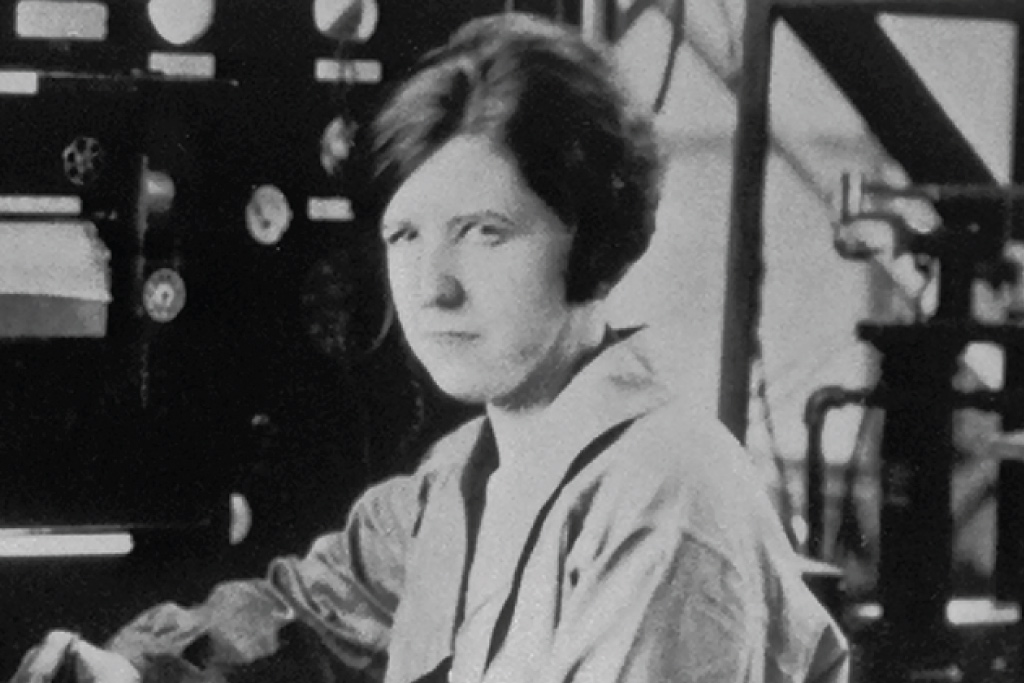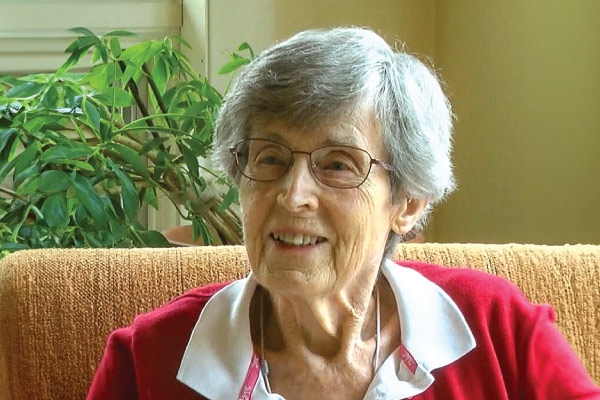Breaking Barriers, Setting Standards
Pearl Young’s lasting impact on communication at NASA helped shape the future of women in STEM.
Long before NASA sent astronauts into space, Pearl Young, Class of 1919, laid the foundation for how to communicate technical research.
The first female technical employee at the NACA — the agency that would become NASA — she established writing standards that shaped the industry for decades.
At UND, Pearl triple majored in physics, math, and chemistry. After graduating, the
University hired her to teach physics, a role typically reserved for men.
Pearl was hired as the NACA’s first female technical employee in 1922. Working as
a physicist in multiple departments, she recognized a widespread problem: poorly written
technical reports. She suggested the NACA create a system to help teach writing standards
and develop procedures to improve the quality of its publications.
Three years later in 1935, Young was assigned to the newly created role of assistant technical editor in the NACA’s publications section. In 1943, she published the “Style Manual for Engineering Authors.” It became the definitive guide for technical writers at the NACA; many of its principles are still used today.
“It wasn’t until after this publication that Young finally received the promotion to full technical editor, 11 years after she voiced the need for the role at the agency,” wrote Caitlin Milera, Director of the North Dakota Space Grant and North Dakota NASA EPSCoR.
Caitlin, who wrote her Ph.D. dissertation on Young, explained, “She was the first person to hold this role, but she had to start at the assistant level, then move up to associate before receiving the full technical editor designation.”

Pearl Young, class of 1919
If (parents) would go in for more practical playthings, there would be more women scientists.Pearl YoungClass of 1919
A Legacy Endures
Pearl was honored with UND’s Sioux Award for Distinguished Achievement & Leadership in 1967. After her death in 1968, the NASA Langley Research Center posthumously recognized her by dedicating a theater in her name and later inducting her into the NASA/NACA Langley Hall of Honor.
“She opened doors for women in STEM,” Caitlin said. “I don’t think she would have considered herself a rebel or a feminist. She was doing what she felt she was supposed to do — advocating for what’s right.”


